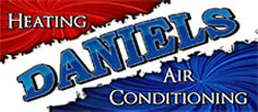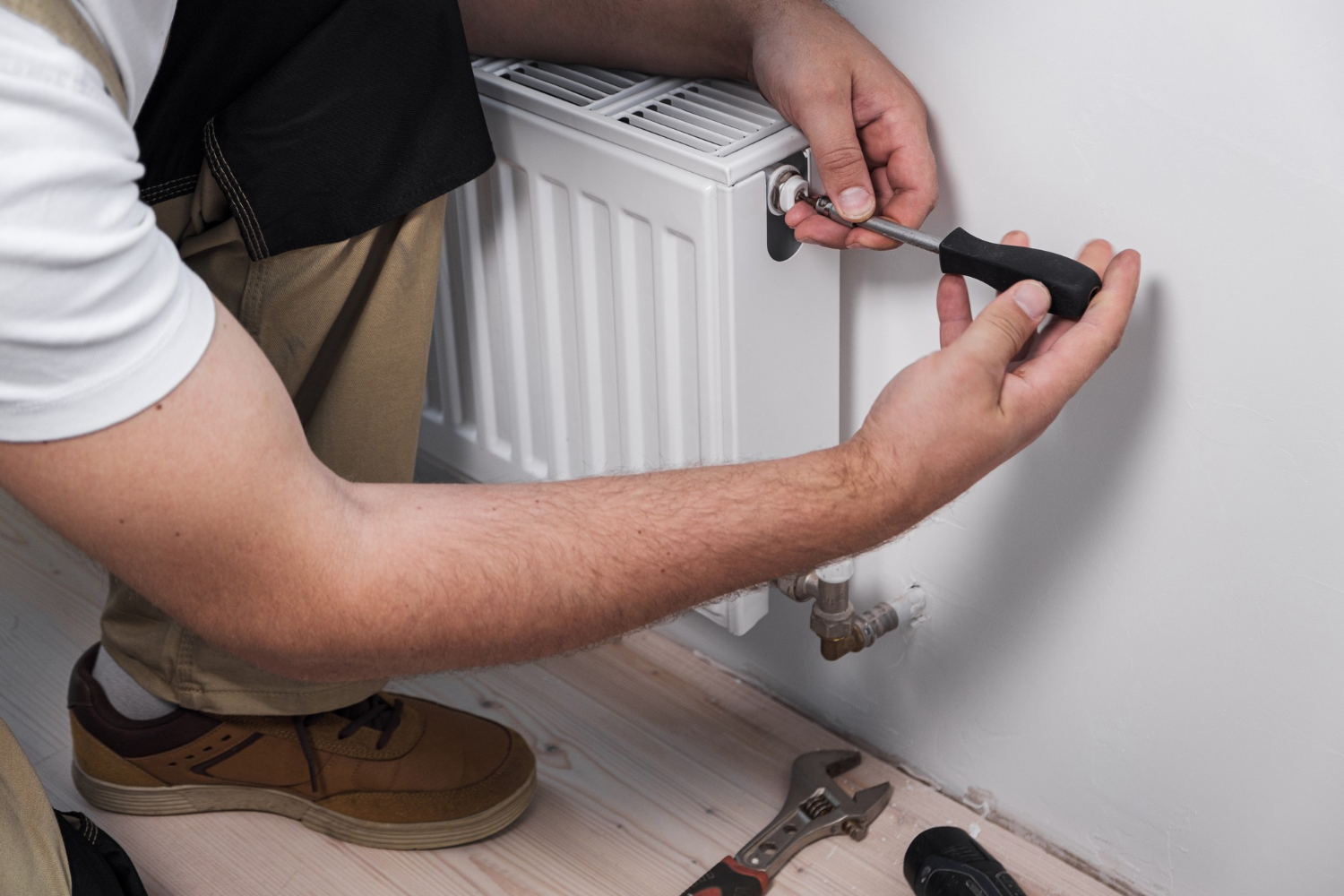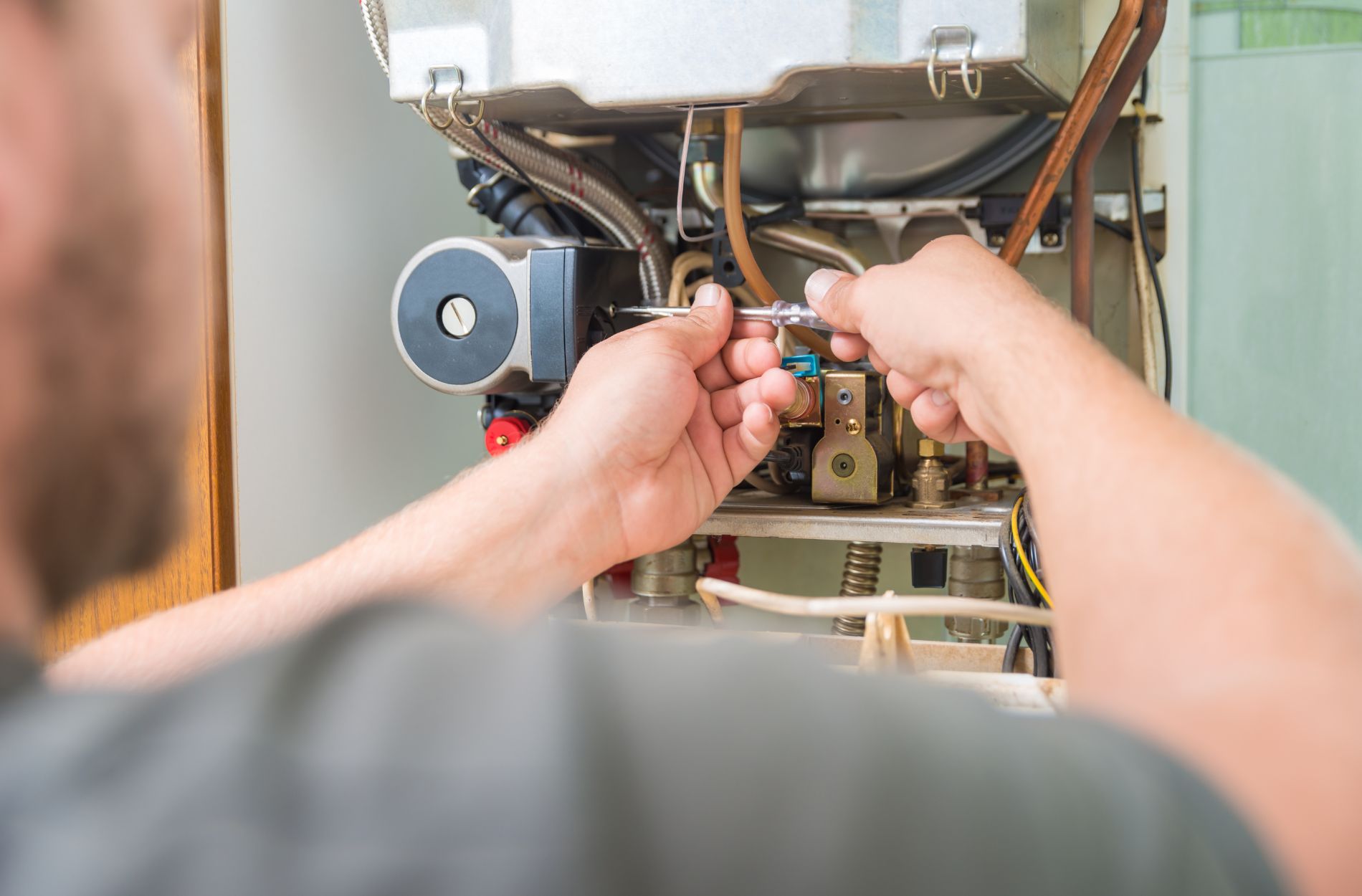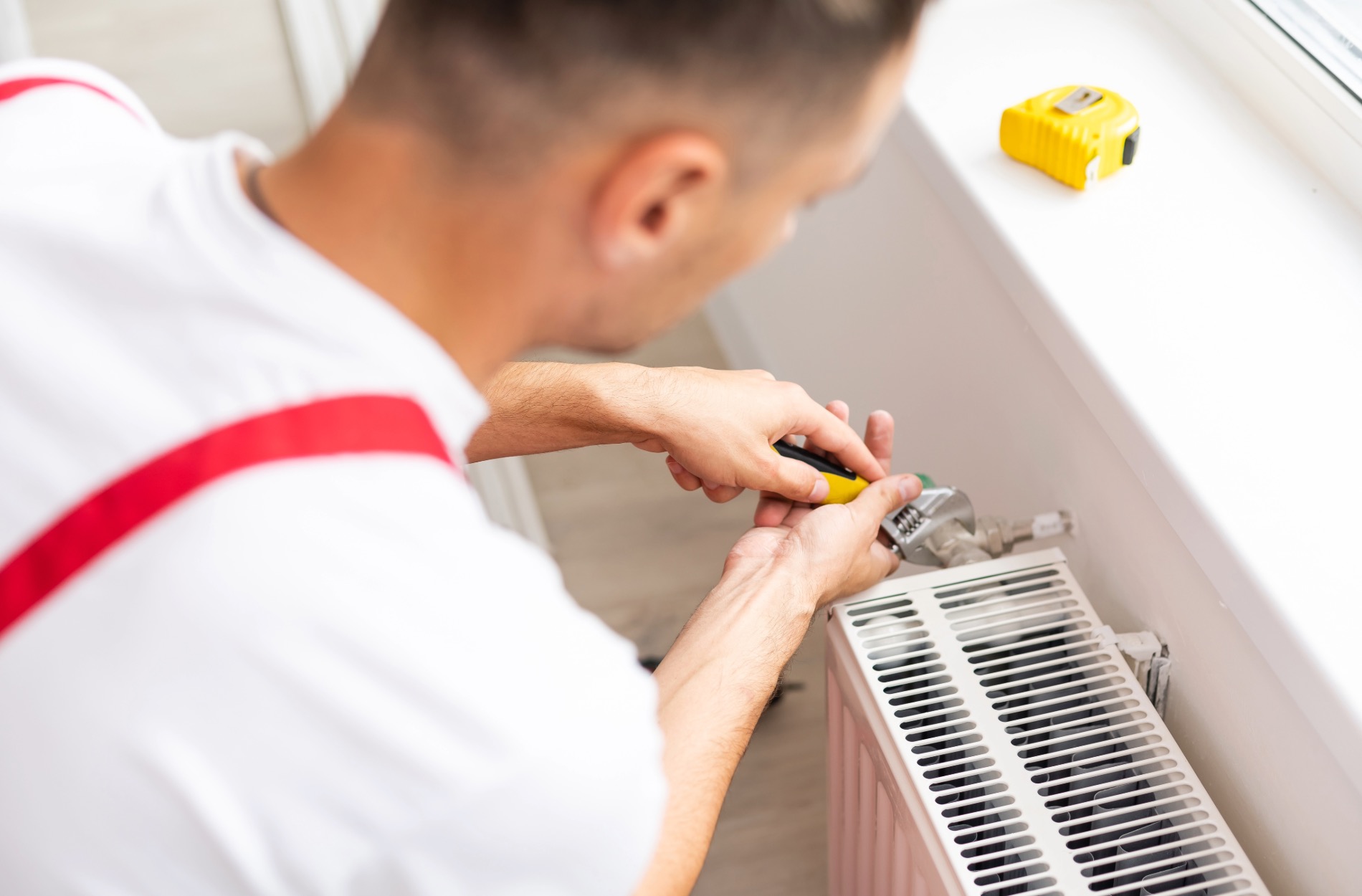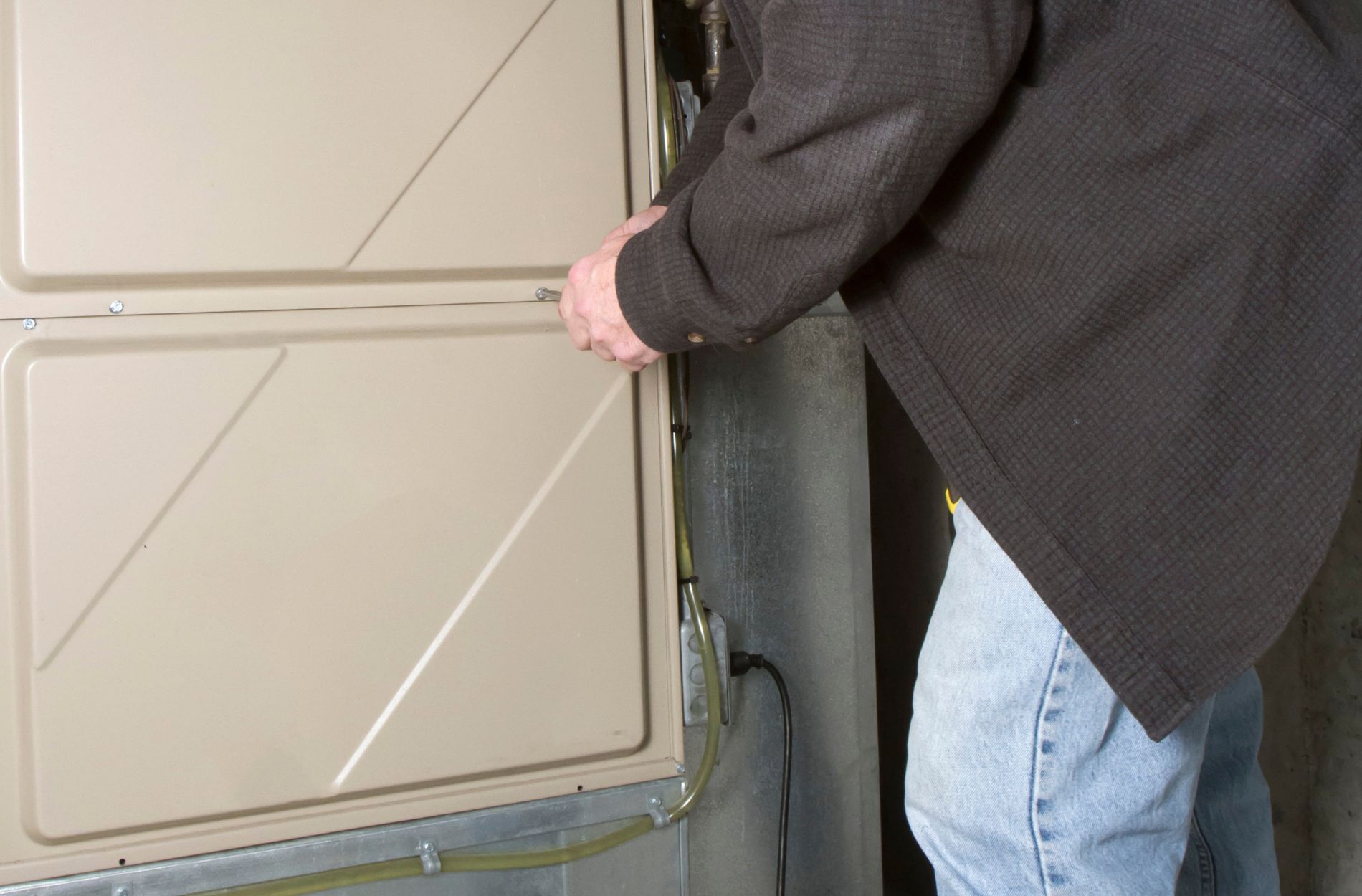When air conditioning systems stop working during a San Bernardino summer, the issue can often be traced back to a smaller, less obvious part: the AC control board. This electronic component acts like the brain of the unit. It sends signals to all the connected parts, telling them when to turn on, turn off, or adjust speeds. If the control board goes down, the entire system can stop responding or start working the wrong way.
Homeowners in San Bernardino deal with high temperatures, and it is not uncommon for AC units to work overtime. That extended use, combined with environmental factors, can increase the chances of control board failure. When that happens, cooling may cut out without warning, leaving homes uncomfortable and putting extra pressure on the other components.
What Is an AC Control Board?
The AC control board is the part of your unit that connects all the internal operations. It manages signals between the thermostat, blower motor, capacitor, compressor, and fan. When you adjust your thermostat or when the system detects the room temperature rising, the control board helps turn instructions into action.
It is a small circuit board usually located in the blower compartment or control panel. While hidden from view, this part is responsible for powering on the system, activating cooling cycles, deciding compressor run times, and even managing safety features. If any part of this board fails, other components might not get the right signal, causing the AC to run inefficiently or shut down completely.
A working control board allows the AC system to:
– Turn on and off based on temperature settings
– Coordinate the running of motors and compressor
– Send error codes or lights when something goes wrong
– Respond properly to your thermostat
If your home’s AC has recently become unpredictable or erratic, the control board may be the root of the problem.
Common Causes of AC Control Board Failure
Control boards fail for different reasons, but most of the problems tie back to either environment, electrical issues, or time. While some causes are preventable with routine maintenance, others may happen unexpectedly.
1. Electrical Issues
– Power surges from electrical spikes can burn out components on the control board.
– Older or damaged wiring may overload or misdirect electricity, leading to total board failure.
2. Environmental Factors
– Excess dust and debris can build up inside the AC cabinet. Over time, this buildup may settle on the board and affect how it functions.
– Moisture from condensation or unexpected water leaks can short out parts of the circuit.
3. Aging and Wear
– Control boards, like any part under regular use, will wear down over time.
– If the system has not been cleaned or checked in years, the added strain may speed up the breakdown of the circuit board.
4. Manufacturing Defects
– Faulty components can escape factory inspections. In rare cases, boards may fail early even if everything else is installed correctly.
One local example we have seen is when an outdoor AC unit was placed close to a sprinkler system. Unsealed entry points allowed moisture to reach inside the unit, soaking the board. The homeowner thought it was a thermostat issue but ended up needing a full circuit board replacement.
Identifying the cause early helps avoid repeat issues and prevents other components from being damaged. Control board failure typically does not go away on its own. It is something that needs to be addressed as soon as symptoms start.
Symptoms of a Failing AC Control Board
When an AC control board starts to fail, you might notice changes in how your system operates. These symptoms can seem random at first but often point to an internal control issue. Pay attention to the following types of behavior from your AC unit:
– Inconsistent or no cooling: The system might turn on but blow warm air or shut off shortly after starting
– Thermostat issues: You may set the temperature, but the AC either ignores the command or responds incorrectly
– Delayed starts or random shutdowns: The AC might turn off when it should not or refuse to start at all
– Unusual noises: Clicking, buzzing, or humming sounds may come from the unit if the board is struggling to send proper signals
– Display warnings: If your thermostat shows error messages or blinking lights, that could be the board sending out distress codes
These problems often look like issues with other parts of the system, so it is easy to guess the problem wrong. For example, homeowners sometimes blame a broken thermostat when the real cause is behind the panel. If any of these issues keep showing up, it is safer to have the system inspected quickly instead of guessing and risking further damage.
How to Reduce the Risk of Control Board Failure
Preventing AC control board issues usually comes down to keeping the system clean, powered correctly, and inspected regularly. Here are three practical ways to lower the chance of a failure in San Bernardino homes:
1. Regular Maintenance
– Have your system looked at once or twice a year to catch any small issues early
– Routine cleaning of internal components helps prevent buildup of dust and grime that can interfere with board function
– Make sure airflow around indoor and outdoor units remains unrestricted
2. Install Surge Protection
– Power spikes are common causes of board damage, especially during summer storms or grid changes
– A surge protector, either for the whole home or just for your HVAC system, helps shield the board from voltage overloads
3. Schedule Professional Inspections
– Our technicians can test wiring connections, inspect for water intrusion, and confirm the control board is operating as expected
– Systems older than 8 to 10 years can benefit from extra attention to ensure all electrical parts are still within normal condition
A homeowner in northern San Bernardino recently had us check a unit that was shutting off every evening. Variable temperatures and worn wiring had caused unstable electric flow, weakening the control board without fully breaking it. A swap and some minor line repairs brought the system back to normal and kept the compressor from being damaged from repeated failures.
Keeping Your AC Reliable Through the San Bernardino Heat
High temperatures and heavy AC use put pressure on every part of a cooling system, including the control board. When this small but important part fails, it can result in a complete system breakdown. Spotting the early warning signs makes a big difference. Homeowners who act quickly can often avoid more expensive problems later.
Living in San Bernardino means summer cooling is not optional. Keeping your AC running the way it should requires more than just clean filters and adjusting your thermostat. By staying alert to strange behavior and getting yearly inspections, you will be in a much better position to prevent control board failure and enjoy stable, efficient cooling when you need it most.
Regular maintenance of your AC can prevent unexpected breakdowns and keep your system running smoothly throughout the hot summer in San Bernardino. If you need air conditioning repair in San Bernardino, Daniels Heating and Air Conditioning is prepared to address any control board issues quickly and thoroughly. For a quick estimate or to book a service visit, please contact us today.
